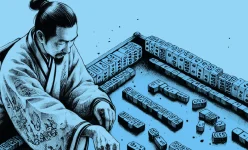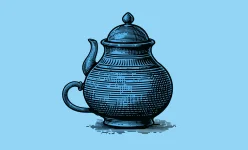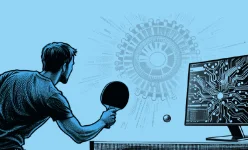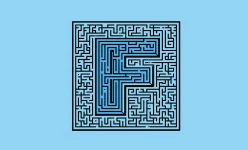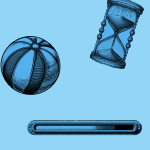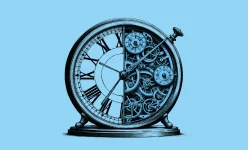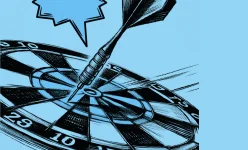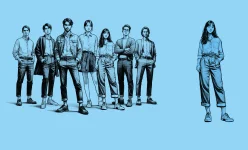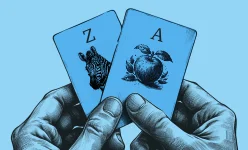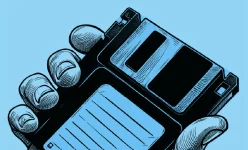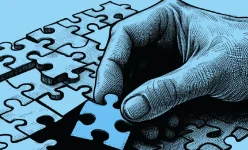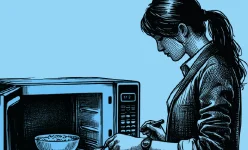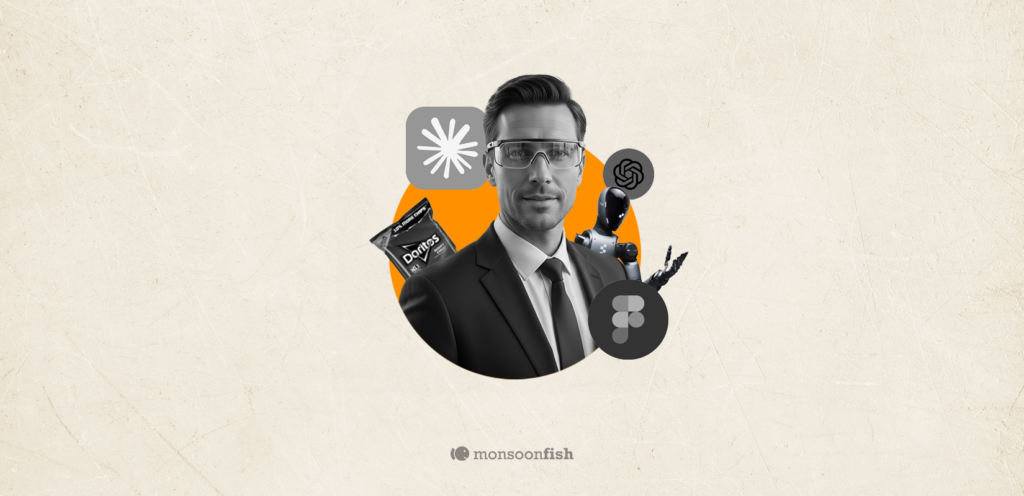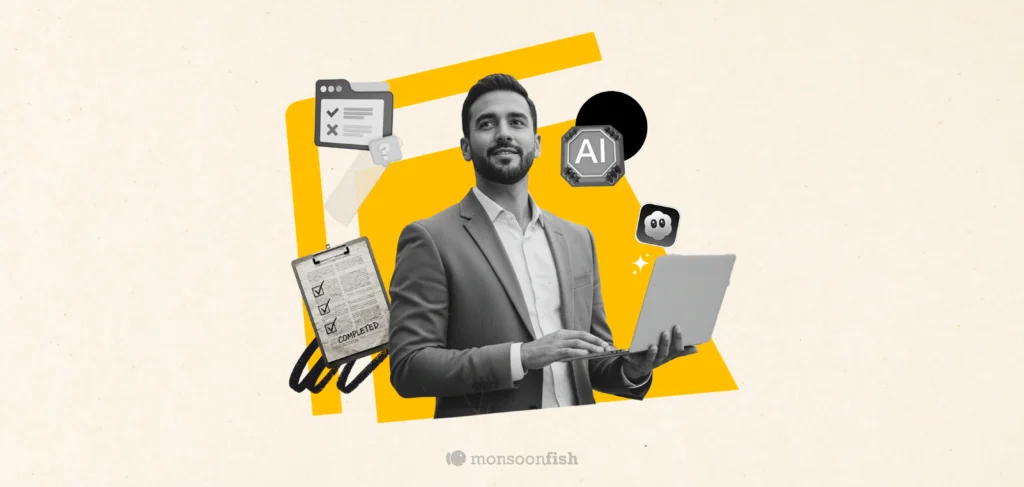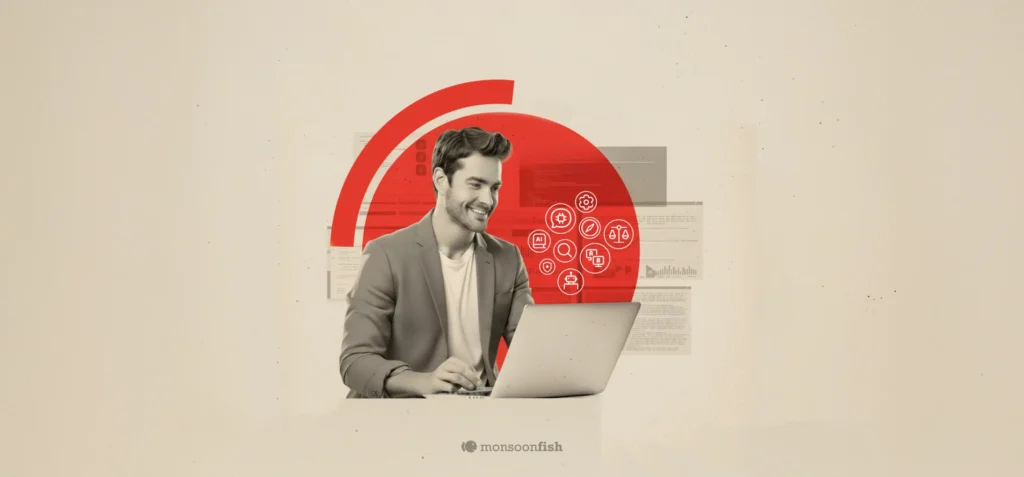Von Restorff Effect
Also known as the ‘Isolation Effect’ or ‘Illusionism’, suggests that items that stand out or are distinct from others are more likely to be remembered

Von Restorff Effect
At Vertex Consulting, every meeting room looked the same—sleek wooden tables, glass walls, and rows of identical brown office chairs. The design was professional, simple and functional.
One day, when the office was being refurbished, an intern accidentally placed a single red chair at the end of the long meeting table in the main boardroom. It clashed with the otherwise neutral palette, but the team was too busy to replace it, so it stayed.
A few weeks later, a potential client visited for an important pitch.. The meeting went smoothly, and as the client left, they smiled and said, “I’ll definitely remember this room—especially that bold red chair!”
At first, the team laughed it off. But then, they started noticing a pattern. Every client who walked into that boardroom mentioned the red chair. Some joked about it, some asked if it had a special meaning, and others simply found it memorable. Meetings that would have otherwise blended together in their minds suddenly stood out.
The team realised that the red chair, surrounded by a sea of brown ones, created an instant, lasting impression.
Realizing its power, Vertex Consulting embraced the idea. They started incorporating subtle but intentional visual contrasts—a bold color on their presentation slides, a unique signature in their emails, and even a single standout element in their branding. Clients began recalling their meetings more vividly, and the company became more memorable in a crowded industry.
The Von Restorff Effect teaches us that distinct elements grab attention and improve recall. Whether in design, branding, or user experience, making something stand out—like a bright call-to-action button, a bolded key message, or a unique visual—ensures that it doesn’t just blend in, but stays in people’s minds long after they’ve left.
Contents
CATEGORIES


